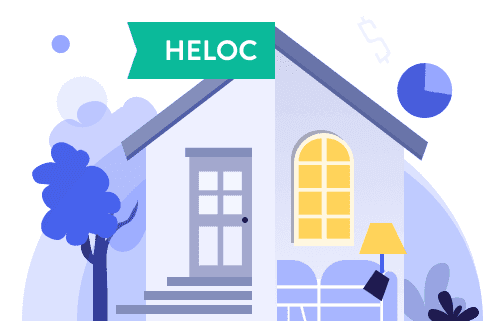Imagine you're a homeowner with a portion of your mortgage paid off and a wish list of home improvements. Perhaps you're dreaming of a kitchen renovation or need to cover unexpected expenses. This is where a home equity line of credit (HELOC) becomes a viable option. It's like having a credit card with a limit based on your home's value and the amount you've already paid on your mortgage.
Whether you're looking to fund a major project, consolidate debt or start a financial backup plan, understanding how a HELOC works can open doors to new possibilities. We'll walk you through the ins and outs of HELOCs, from borrowing limits and interest rates to repayment strategies. Our guide provides you with the knowledge to decide if a HELOC is the right fit for your financial needs.





































